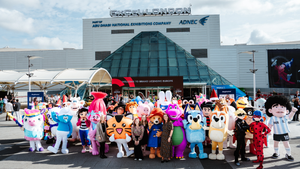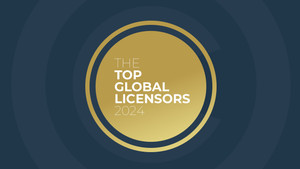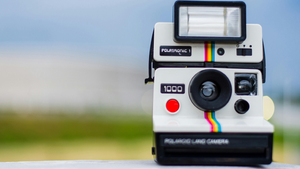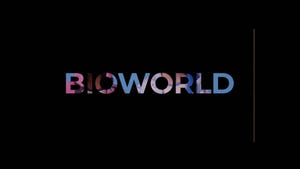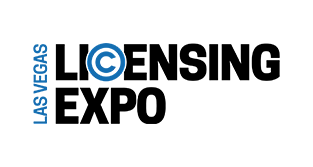Fashion Avenues in Brand Licensing
Upon the anniversary of Concept One Accessories, Sam Hafif, chief executive officer of the company, talks about the intersection of fashion and licensing.
February 7, 2024

My first job in the fashion industry was as an account executive at a licensed apparel company in the fashion district in New York City in 1993. I’ll never forget the unique energy of Seventh Avenue, the scents and sounds and taste of the garment industry in those days. I devoured issues of Women’s Wear Daily, along with my bagel and coffee, and was fascinated to learn and understand the mechanics of the industry and how forward-looking trends worked their way from the runways of Europe to the aisles of Walmart, J.C. Penney and Macy’s.
Interpreting those trends and applying them to licensed merchandise was something that felt logical. Why wouldn’t Tweety appear on a raglan women’s top? It made all the sense in the world. Iceberg was one of the pioneers in putting character-licensed art on its men’s and women’s sweaters and leather jackets. There was a Mickey & Co. retail store in the South Street Seaport on Fulton Street in downtown Manhattan, featuring Mickey Mouse preppy clothing for “yuppies” (Google yuppies if you’re under 40).
When we launched Concept One Accessories 25 years ago with a license from the U.S. Polo Assn., our strategy of marrying fashion and licensed brands under one roof had not been planned. The company had been set up specifically to build out the accessory categories for the USPA brand, which was emerging as a key lifestyle denim brand in the mid-tier and off-price channels. Several years later, we acquired Drew Pearson Marketing and inherited a portfolio of entertainment and brand licenses and built out a showroom to present all of the properties in a cohesive manner.
Our design teams for the fashion and licensed portfolio sat together. When trends came down the pike from our fashion brands, we leveraged those color and print pack-ages in our licensed development. The synergies were immediately apparent, and the retailer buyers responded in kind, buying both licensed and fashion properties.
More recently, we’ve seen an explosion of collaborative work between fashion designer brands in many different genres, such as streetwear brands, Kith x Mickey & Friends, Young & Reckless x Cartoon Network and fashion collaborations between Playboy and True Religion. These creative brand alignments add a new level of sophistication to licensed fashion apparel and have energized the fans and collectors.
As a licensee based in the garment center, one of our roles is to bring our various partners together. This past September, we launched a line of handbags for Fred Segal x Harry Potter and will launch the Fred Segal x Marvel collection next. The product was featured in the Fred Segal retail stores, as well as Box Lunch stores.
The sensibilities around these collaborations are high, as they are scrutinized by team members of both IP holders and tend to have a lot of visibility by fans and brand loyalists. They must feel organic in nature, otherwise both brands risk alienating their customers or appearing to “sell out” their fans. Therefore, extra development and creative time must be factored into line planning and product launches.
Still, the rewards of fashion collaborations with the gamut of licensors can be great in terms of brand exposure and incremental revenue if executed with a keen eye toward the product and the consumer messaging.
This article was taken from February's issue of License Global.
About the Author(s)
You May Also Like
